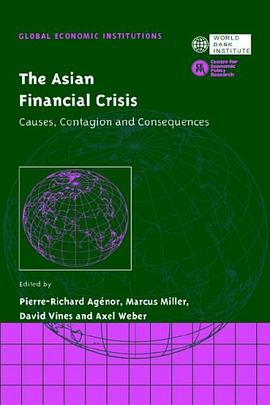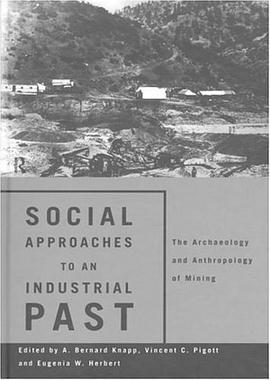

Presents the first theoretical analysis of the Asian financial crisis and draws out the general lessons of an event whose potential long term effects have been likened to those of the Crash of 1929. Part I presents a factual and analytic overview of what happened: the role of 'vulnerability'; the interconnection between currency crises and financial crises; and why crisis turned into collapse. Part II considers more detailed issues, including how the inflation of non-traded goods prices created vulnerability, welfare-reducing capital inflow owing to under-regulated financial markets, and the onset of speculative attacks. Part III assesses all aspects of contagion, in particular the role of geographic proximity. The final section addresses policy issues. Joseph Stiglitz argues that there is much that can be done to reduce the frequency of crises and to mitigate the severity of crises when they happen. The book finishes with a round-table discussion of policy issues.
具体描述
读后感
评分
评分
评分
评分
用户评价
相关图书
本站所有内容均为互联网搜索引擎提供的公开搜索信息,本站不存储任何数据与内容,任何内容与数据均与本站无关,如有需要请联系相关搜索引擎包括但不限于百度,google,bing,sogou 等
© 2025 book.wenda123.org All Rights Reserved. 图书目录大全 版权所有




















